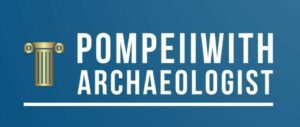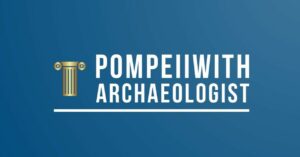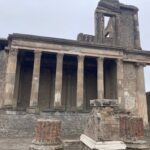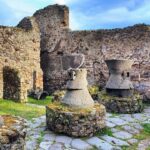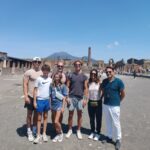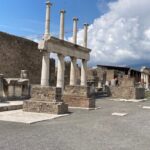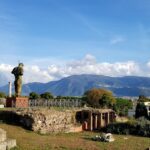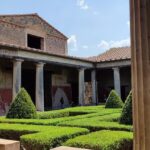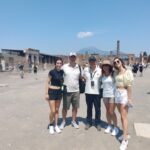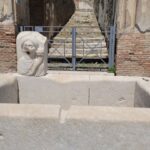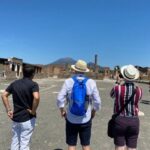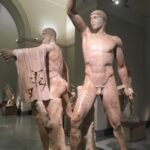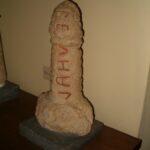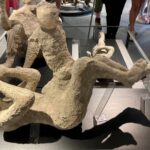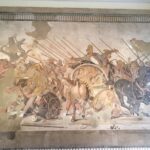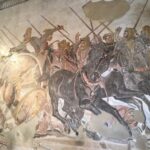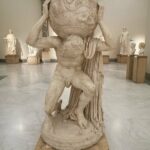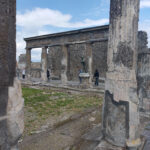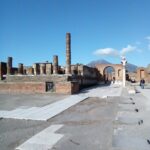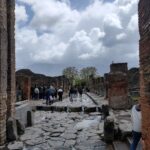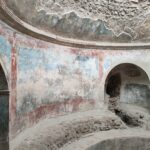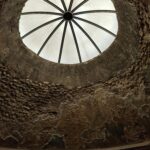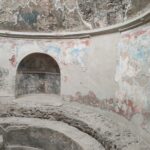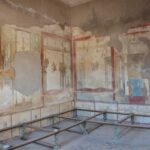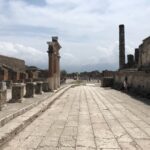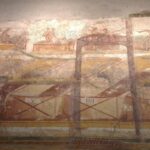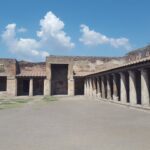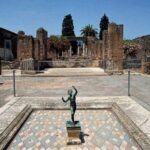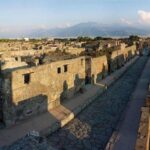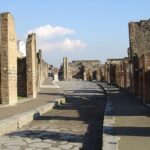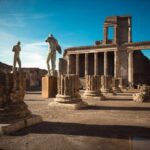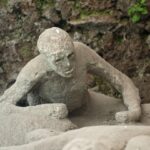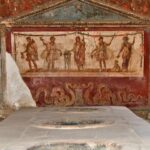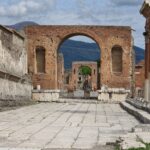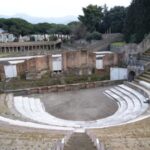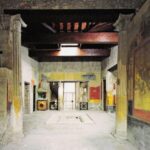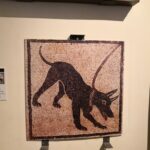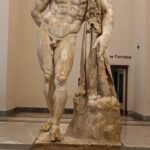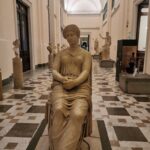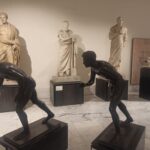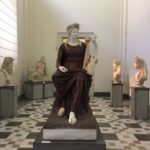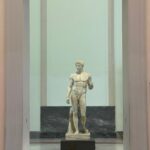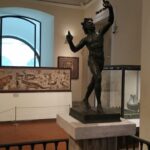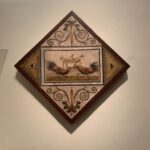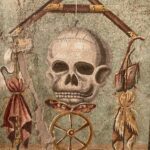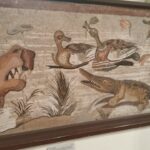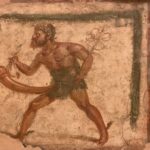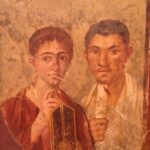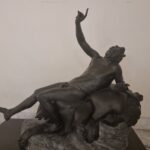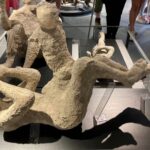Pompeii and national archaeological museum of naples. walking tour + trasportation
Walking tour in the archeological site and in the museum. Private trasportation in a van driven by a professional driver
Pompeii was an ancient Roman city located near modern Naples in Italy. Its history dates back to around the 7th century BC when it was founded by the Oscans, an Italic tribe. Initially, it was a small agricultural community, but it grew over time into a prosperous and bustling city, largely due to its strategic location near the Bay of Naples and its fertile volcanic soil.
The history of Pompeii:
-
Greek Influence: Before becoming a Roman city, Pompeii was influenced by Greek culture, as were many other cities in the region. The Greeks established trading posts in southern Italy, including Pompeii, which contributed to the city’s cultural development.
-
Roman Conquest: In the 5th century BC, Pompeii came under the control of the Samnites, another Italic tribe. However, by the 4rd century BC, it was absorbed into the expanding Roman Republic during the Samnite Wars. Under Roman rule, Pompeii flourished as a commercial and trading hub.
-
Prosperity and Urban Development: During the 1st century BC, Pompeii experienced a period of significant growth and prosperity. The city expanded, and many public buildings, temples, theaters, and lavish villas were constructed. Pompeii became a vibrant center of commerce, art, and culture.
-
Mount Vesuvius Eruption: One of the most significant events in Pompeii’s history occurred on August 24, 79 AD, when Mount Vesuvius, the nearby volcano, erupted catastrophically. The eruption buried Pompeii and several other nearby towns under a thick layer of volcanic ash and pumice, preserving them remarkably well for centuries.
-
Rediscovery: Pompeii remained buried and largely forgotten for centuries until its rediscovery in the 18th century. Excavations began in the mid-18th century and have continued to the present day, revealing invaluable insights into daily life in ancient Rome.
-
Archaeological Site: Today, Pompeii is an archaeological site of immense historical and cultural significance. It attracts millions of visitors each year who come to explore its remarkably preserved ruins, streets, buildings, and artifacts. Pompeii provides a fascinating glimpse into the daily life, architecture, art, and society of ancient Rome.
Overall, Pompeii’s history is a tale of prosperity, destruction, and rediscovery, offering a unique window into the ancient world.
MANN, Museo Archeologico Nazionale di Napoli, offspring of the Real Museo Borbonico, is without doubt the world’s greatest institute of classical archaeology, for both the quantity and variety of its collections. It’s glorious three-century history has made it a point of reference for scholars, travellers and distinguished visitors. It’s one of the most famous and visited museums in Italy, among the oldest and most important in the world for the richness and uniqueness of its heritage.
The main works preserved come from the Farnese collection inherited by King Charles of Bourbon from his mother Elisabetta Farnese and from the excavations of Pompeii, Herculaneum and other archaeological sites in the Campania region.
The Museum was inaugurated in 1816 by Ferdinand I of Bourbon, son of Charles, immediately becoming one of the main destinations of the so-called Grand Tour, a journey for one’s classical cultural education made by European nobles who also visited Venice, Florence, Rome and then Naples.A journey into Roman art, often of Greek inspiration, which will amaze you for the very high level achieved. Classical art has no time, it is immortal.
It will be a pleasure for me, as an archaeologist expert, to explain to you the most important works.
MEETING POINT + TOUR DURATION
Meeting Point Options: Rail or Bus Station, Cruise Ship Port, Airport, Hotel of Naples or the surrounding area up to Sorrento.
Duration: 6 hours
1 hour is generally for the lunch.
ITINERARY
– The tour in Pompei lasts about 2 hours.
– The tour of the museum lasts about 1 hour and 30 minutes.
– Private trasportation by taxi roundtrip from your hotel/address.
In Pompei:
– The Big Theatre
– The Small Theatre
– At the bakery shop
– The house of the Ceii
– The house of the Menander
– The main street named Abbondanza street
– A Roman fast food
– The Stabian bathhouse
– The brothel
– The main square
– The Macellum and the plastercasts of the victims
•The order might change
In the MANN:
There are different sections in the Museum and I will illustrate the most significant masterpieces underlining their period, production techniques, anecdotes and historical curiosities of the figure represented. The itinerary includes visits to the following sections:
– FARNESE SECTION
– MOSAICS SECTION
– SECRET CABINET
– SECTION OF THE VILLA OF THE PAPYRS
– SUNDAY HALL
– SECTIONS OF DAILY LIFE OBJECTS
– FRESCOES SECTION
– CORK PLASTIC OF POMPEII FROM 1800
This tour can be customized
WHAT’S INCLUDED
- Guiding Service
- Private trasportation
ESTIMATED LOCAL CASH NEEDED
18 € – admission fees to enter in the ruinsof Pompei,
22 € for National Archaeological Museum; prices are per person.
Under 18 years old are free of charge.
WHAT’S EXTRA
- Meal
